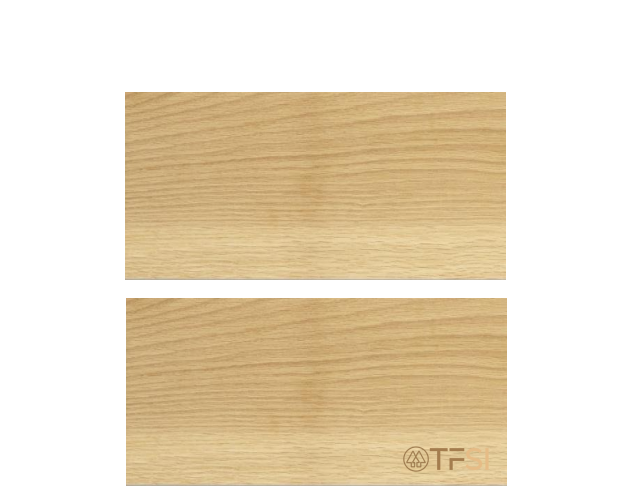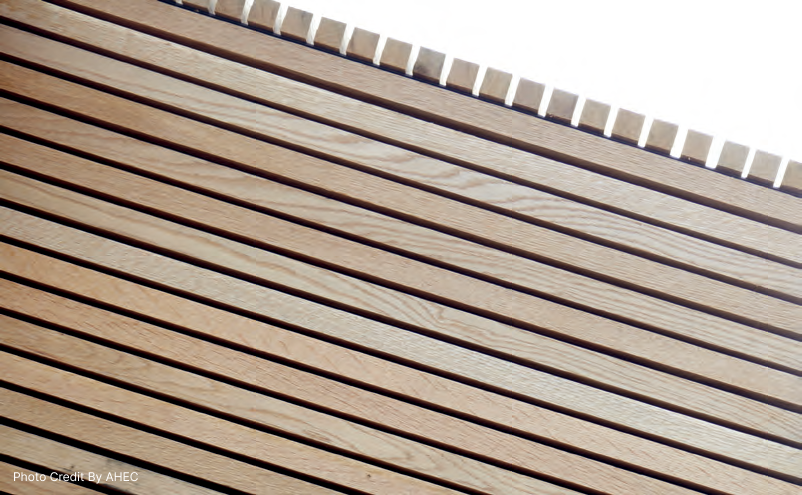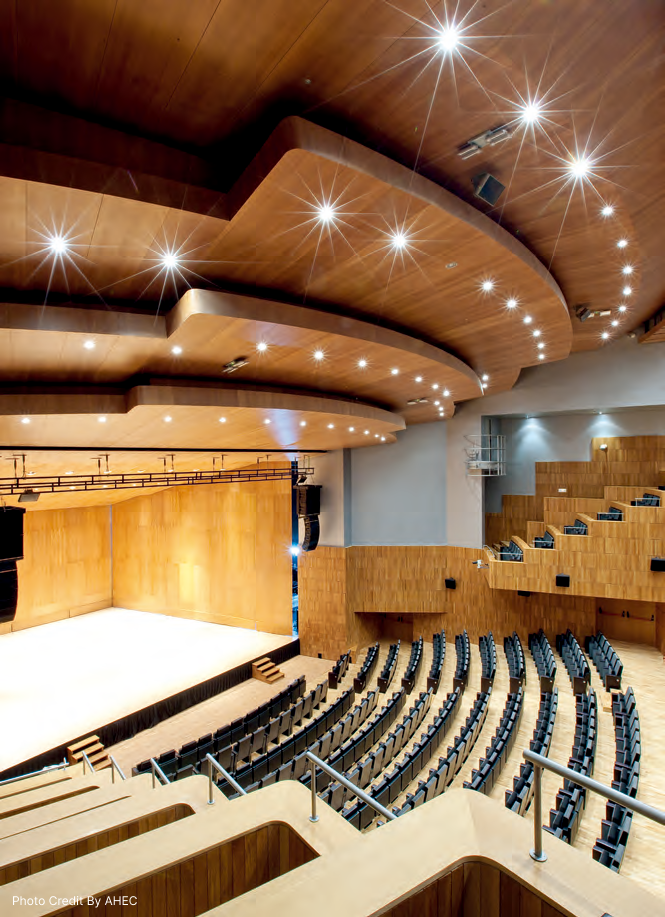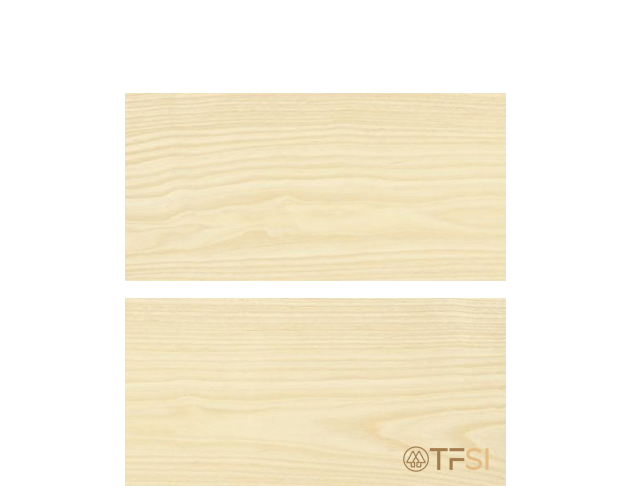
Grade :
FAS/F1F/1COM/2COM
Surface Processing :
Rough
Thickness :
4/4、4/5、4/6、4/8
Area:
USA/Canada
Species Introduction
White oak has a light and elegant color with beautiful grain patterns. The heartwood typically ranges in grayish-brown color, while the sapwood is generally white. It boasts high mechanical strength and wear resistance, making it suitable for tabletops, desk surfaces, and high-end furniture materials.
Production Areas and Distribution
White oak, scientific name Quercus alba, is primarily distributed in the eastern regions of North America. It has a density of about 0.68 and a hardness rating of up to 1,360 PSI (pounds per square inch).
Most North American white oak trees exhibit straight grain patterns with coarse wood structure and long medullary rays compared to red oak, making the grain of white oak more prominent.
There are several commercial varieties of white oak, with approximately eight species commonly used. The heartwood of white oak is highly resistant to decay and pests, thanks to its closed-pore structure, which also contributes to its excellent water resistance. As a result, white oak is rarely affected by wood-boring insects.
Applications
North American white oak has a tight grain and a pleasant texture, with natural and straight grain patterns. It is durable and resistant to deformation, commonly used in building materials, furniture, flooring, interior architectural design, exterior millwork products, decorative moldings, doors, cabinets, paneling, sleepers, and wooden bridges.












